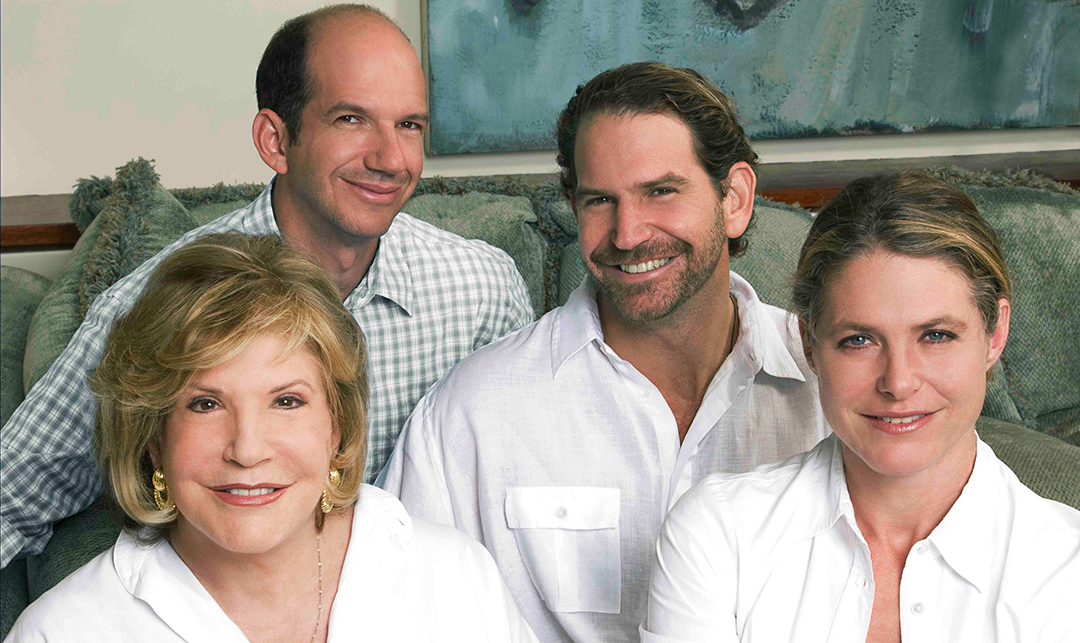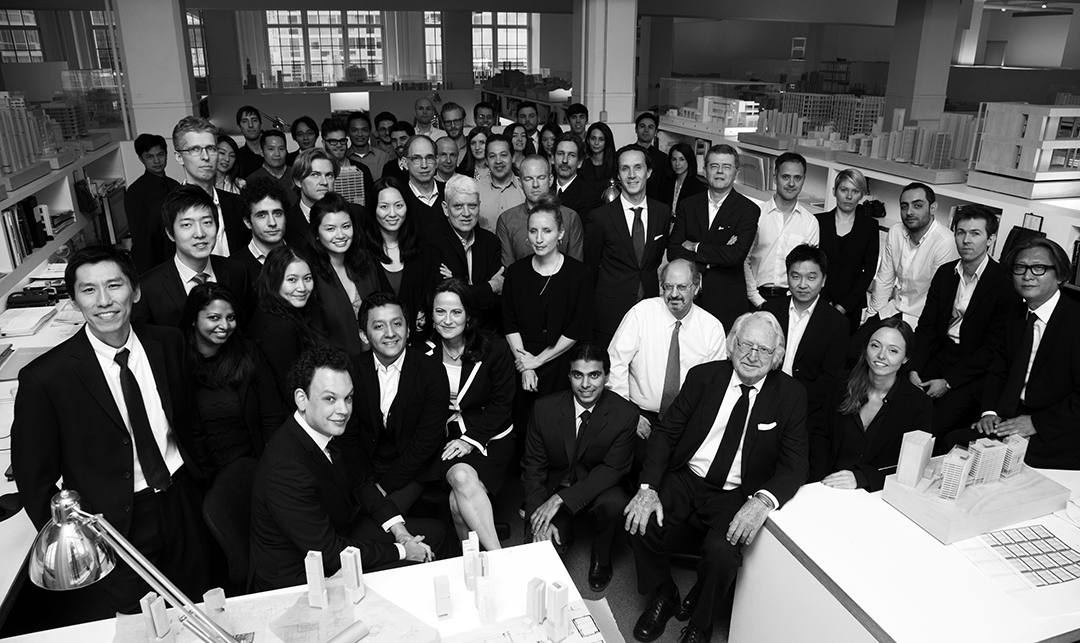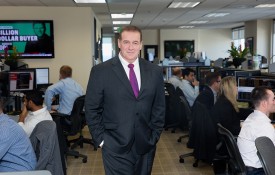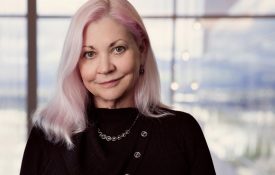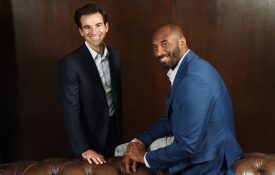Power, like universal energy, can neither be created nor destroyed. It is preserved, transferred, and transformed over time—often growing stronger at each point of transfer.
Historically, this preserved power has most often been transferred solely among the elite who orbit or already possess it (if it is ever transferred to begin with). Heirs to the throne of commerce and high finance ascend to executive seats when their reigning family member finally steps down or retires to the balmy beaches of St. Barts. A cappella partners from ivy-coated colleges meet in sumptuously adorned boardrooms to hammer out the details of an unannounced acquisition or upcoming IPO. Golf buddies declare dibs on lucrative investment opportunities as their carts draw near to the club after the 18th hole. These are the closed-door dealings that have shaped the landscape of American business, and it shouldn’t be surprising that they’ve typically barred the middle class, the dreamer, and historically underutilized communities from entry.
That was then. Things have since shifted fundamentally, forever, and I would argue, for the better for all involved—golf buddies included.

THE NEW POWER FORMULA
We are now in the midst of a new normal: a post-pandemic era marked by light-speed innovation, economic recovery, fractional hiring and remote business models, technological democratization, and a reevaluation of the existing paradigms of power. Who has it now. Who’s set to claim it next. How, when and why it is exchanged.
This ongoing analysis and solutioning were cornerstones of my career. I prided myself on being able to affect change from the inside out, whether it be creating new market share, new revenue streams, new innovations, or new pathways and markers of excellence. I was the internal corporate activist and eternal optimist who sparked change wherever I could. I had the privilege of partnering with some of the most prolific, iconic individuals and institutions in the world, and I witnessed them reap the benefits of this power-sharing economy across several metrics and mediums.
Those experiences taught me that, in this time of reimagination, nothing is certain, but all things are possible. Anything can be created and tested and scaled by anybody, from anywhere, with the right access and resources.
A young teen can become an influential content creator from the comfort of her kitchen. A corporate accountant can gain a new revenue channel and social following in the off-hours by live streaming the music he plays as a form of evening art therapy to online audiences. And, yes, a senior C-suite executive can launch a clothing line that embodies the life philosophy of living unapologetically.
When facing such limitless possibilities, choosing to leverage one’s position, power, or influence to unapologetically empower others becomes the new bold power move—one that’s already proven itself to be economically, socially, and generationally beneficial. In fact, we have seen examples of this new power formula generating 10x rewards for every single person involved.

THE BUSINESS BENEFITS
One such exponential success story is found in the work of a particularly influential individual who pushed his power out to empower others and create more economic sustainability in communities of color. From the moment he started his expansive portfolio of businesses, he remained committed to strategically sharing his power by stimulating underinvested, underutilized, and underrepresented people and places in every deal. He built a chain of movie theaters in urban neighborhoods. He invested in everything from staffing and facilities to beef, insurance, and sports teams. Each of those entities and investments always contained a component of the deal that gave back to and enhanced the disadvantaged communities that they serve in one way or another. He also founded a nonprofit aimed at developing programs and community support for the educational, health, and social needs of ethnically diverse areas, including scholarships that have sent more than 800 inner-city students to college. However, he didn’t depend only on his expansive 501(c)3 to do good as demonstrated in the aforementioned deals. In fact, one of his life mottos is “do well and do good.”
In doing so, he turned a reported $39 million in earnings from his previous endeavor into a global brand worth a reported $620 million today (and we know these reports are often not exhaustive). Forget about the lasting positive impact his work has had on the local communities and individuals he’s served—if we are speaking strictly in terms of cold hard cash, this new power formula earned him more than a 16x return on his investments to date.
Sixteen times —and it is growing every day with new ventures, offerings, and infusions.
This person never needed to spread out his wealth or influence in this way. He could have followed the old power paradigm and hoarded his money, guarded his power, invested only in those areas that are already heavily and historically favored, and left the rest of his legacy to his family and closest friends upon passing. But he chose to do things differently and impact those who could benefit from his resources most through this new power formula. And, by leading by example, he was able to amass a global empire worth more than he could have ever imagined and build a portfolio of numerous multibillion-dollar entities.

THE CALLING
One important detail I’ve yet to divulge is that this man, this proven new power proponent who sparked substantial social impact and economic opportunity in minority communities (as some may have deduced), is indeed a person of color. This truth is quite telling, because as much headway as we’ve made in recent years to stimulate marginalized communities and embrace diversity and inclusion in business and entertainment, we’ve also left the true burden of that work largely on the shoulders of those who have already struggled to overcome those obstacles—those unconscious biases and slammed doors and exclusionary protocols—at every step of their careers.
Why must we keep requiring those who have been fighting for a seat at the table to be the only ones creating more seats? There are plenty of other industry tycoons with similar portfolios that were built from the aforementioned golf-course conversations. Why not them? From a purely financial standpoint, this old approach has pushed plenty of profits and business opportunities into the gutter while leaving countless D&I warriors breathless. An ivy league a cappella cohort could just as easily choose this new formula and see the same financial returns, but how much more potent would it be for their investments to actually benefit and catalyze communities of color as a by-product of those dealings?
It is now time for more leaders, power keepers, and decision makers to awaken to the significant business upsides of investing in inclusion and redistributing old power to new visionaries.
And it’s not about taking a blind risk for the sake of progress, virtue signaling, or being “charitable.” This new power-sharing economy’s capacity to earn exponential dividends for its adopters and their networks has already been proven, and the repeatable formula for it has been blueprinted for us by those who were brave enough to use their power to test it.
Given that nearly 20% of employer businesses are minority owned and 21.4% are owned by women, as of the last Annual Business Survey, coupled with the fact that these businesses tend to receive the least amount of venture capital of all startups today, there is also more than enough opportunity to invest in present-day businesses and communities that will have generational benefits for all involved.
In this new normal, those who wish to achieve true immortality, generational wealth, and lasting influence will be those who do not wait until they die to transfer or share their power and invest their wealth with new players. It will be those who push back against the learned impulse to appoint their friends or families into positions of power and instead find and fill seats with outside thinkers who can take the investment, innovation, or ideation further. It will be those who realize that legacy does not start and end with one’s bloodline, and those who truly walk the walk by boldly empowering others with power, wealth, and opportunity—unapologetically.
Christine Simmons is an accomplished COO, business executive, and board director with 20+ years’ experience devising strategy and leading transformational change for iconic B2B/B2C leaders: Academy of Motion Picture Arts and Sciences, Los Angeles Sparks, NBCUniversal Inc., The Walt Disney Company, and Magic Johnson Enterprises.









